If, like me, you tend to have issues with religion in general a, you don’t have to look much past the Spanish Inquisition for a pretty good historical reason. When we think of them (and, as Monty Python reminded us, “NOBODY expects the Spanish Inquisition!”) we think of Renaissance and Reformation Europe. In fact, the Inquisition was particularly active in the New World: they were present in Mexico, Colombia and Peru. That leads us to this week’s interview with Arizona author Marcia Fine and her award-nominated novel,“Hidden Ones- a Veil of Mystery.”
AMarcia Fine has written seven novels, including THE BLIND EYE—A Sephardic Journey, historical fiction chosen by the state library of Arizona for ONEBOOKAZ 2015. PAPER CHILDREN—An Immigrant’s Legacy has been a finalist for three national prizes. PARIS LAMB, her sixth novel, deals with anti-Semitism in the 1950s. She has also written the only satirical series about Scottsdale.
Her novel, HIDDEN ONES released in 2017, examines conversos in Mexico during the Inquisition. It has won First Prizes in the categories of Historical Fiction and Multicultural as well as Honorable Mention from AZ Authors. Marcia has a BA from Florida State University and a Masters from Arizona State University.
In a nutshell, what’s the story of Hidden Ones?
HIDDEN ONES—A Veil of Memories is a true story about a grandmother arrested during the Inquisition in Mexico. She and her family must survive under harsh circumstances that take them into the Southwest Territories as they flee north. Who would turn in their abuela?
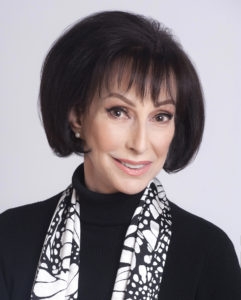 What is it about that time period you found so fascinating?
What is it about that time period you found so fascinating?
Clara Crespin is the matriarch of a large family of conversos, people who were forcibly converted to Catholicism. She is accused of Judaizing, which means she lights candles on the Sabbath, prepares foods in a special way and hides prayer books. Women were the keepers of the faith during the 17th century when the novel takes place and long before that because they taught the Law of Moses to their children. They are breaking the rules and it is punishable by death.
Celendaria, her granddaughter, feels the impact of her grandmother being imprisoned. The whole family is at risk. She is learning about their secretive lives as a mate is chosen for her. Franciso, a bail bondsman who brings prisoners from small town jails to the Inquisition Palace in Mexico City, causes consternation because he is not a scholar.
The book opens in 1649 with the aftermath of an auto-de-fé, known as An Act of Faith, a three day spectacle put on by the Church and civil authorities. It is well-documented that 40,000 people attended in Mexico City. They exhumed bodies and paraded them through town, marched the accused through the streets and burned people alive. The actual Inquisitor, Dr. Juan Saenz de Mañzoca, who presided over the auto-de-fé is a real person.
That paints a pretty dramatic picture. What was your favorite scene to write?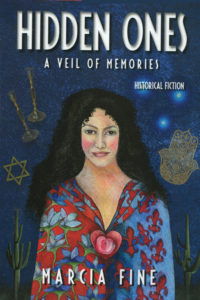
I’m very visual so I write in scenes. One of my favorites is when Celendaria, the granddaughter, learns a secret when she observes her friend Mariel at the mikvah, a ritual bath for cleansing that women share before the Sabbath. It is later reinforced when she spies on Mariel with a priest behind the confessional.
It’s important to mention that these people lived duplicitous lives. They were Jews inside their homes observing traditions and rituals from the past while they were Catholics who attended Mass when they went outside.
Where can people learn more about you and your other books?
Website: www.marciafine.com
On Facebook they can friend me at Marcia Fine Author. I also have a site, A Sephardic Journey that is of interest to people who have converso backgrounds. My other novels are addressed as: PAPER CHILDREN and PARIS LAMB. I am part of the Linked In community and share articles on that site.
https://www.facebook.com/marcia.fine
A Sephardic Journey – Home | Facebook
https://www.facebook.com/asephardicjourney/
https://www.facebook.com/PaperChildren
Subscribe to my monthly newsletter and get a chance to win a signed paperback copy of Acre’s Bastard. Each month you’ll receive links to interviews with great authors, news about upcoming events and previews of my work in progress, Acre’s Orphans. Look in the bottom left of the page for the sign-up sheet. No spam, just once a month updates and a chance to learn about great new Historical Fiction from around the world.

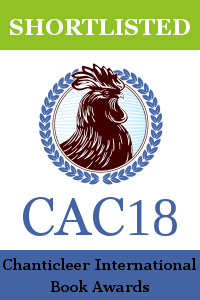
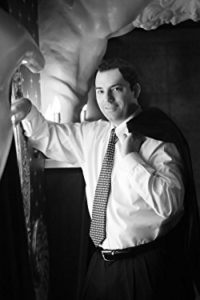 I’m from Colombia, so English, technically, is not my first language. I work developing medical software and have been doing that for over thirteen years now. My academic background is in engineering, but with a minor in history. History has always fascinated me, and I hope that my books showcase that. But, you’ll notice that there is no literary background. Nor do any of my family members have literary backgrounds; they are all engineers. But, I was always a good storyteller. I could make up stories during long road trips and keep everybody entertained. Teachers often told me I had a future in writing. But it would be decades before I took the fateful plunge into publishing. Having an exciting tale to tell helped, too.
I’m from Colombia, so English, technically, is not my first language. I work developing medical software and have been doing that for over thirteen years now. My academic background is in engineering, but with a minor in history. History has always fascinated me, and I hope that my books showcase that. But, you’ll notice that there is no literary background. Nor do any of my family members have literary backgrounds; they are all engineers. But, I was always a good storyteller. I could make up stories during long road trips and keep everybody entertained. Teachers often told me I had a future in writing. But it would be decades before I took the fateful plunge into publishing. Having an exciting tale to tell helped, too.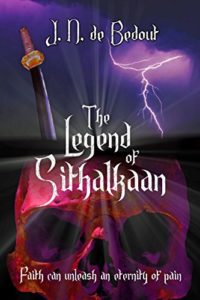 history, (approximately 1460-1600 for us Westerners, give or take) and as such, it is chaotic. Think of it as the equivalent of the Thirty Years War in Europe. When people imagine the samurai, they have an ideal of noble warriors following the Bushido. But in reality, the foundations of that discipline were often ignored during the Sengoku period; instead, it was refined and perfected into what is known today during the peaceful years of the later Tokugawa dynasty where warfare was near non-existent. Furthermore, if you read about Oda Nobunaga’s early struggles, you’ll find that much of his early conflicts were with rebellious Warrior Monk sects rather than other samurai clans. It’s also quite interesting that Oda Nobunaga, probably one of the most renowned samurai ever, was a pioneer in gun tactics.
history, (approximately 1460-1600 for us Westerners, give or take) and as such, it is chaotic. Think of it as the equivalent of the Thirty Years War in Europe. When people imagine the samurai, they have an ideal of noble warriors following the Bushido. But in reality, the foundations of that discipline were often ignored during the Sengoku period; instead, it was refined and perfected into what is known today during the peaceful years of the later Tokugawa dynasty where warfare was near non-existent. Furthermore, if you read about Oda Nobunaga’s early struggles, you’ll find that much of his early conflicts were with rebellious Warrior Monk sects rather than other samurai clans. It’s also quite interesting that Oda Nobunaga, probably one of the most renowned samurai ever, was a pioneer in gun tactics.
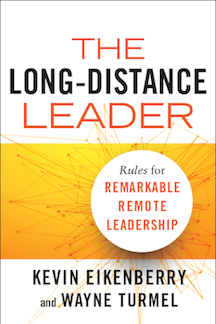 “paying the rent” thing. It’s available for Pre-Order now. Just saying.
“paying the rent” thing. It’s available for Pre-Order now. Just saying.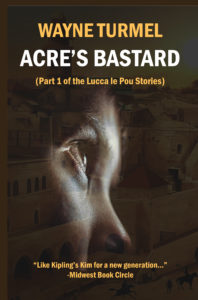

 I live on our lavender farm in Sonoma, California, which Jack London named Valley of the Moon, and wrote his books. My first book was Lavender Fields of America, a non-fiction coffee table book. Recently, our farm was destroyed in the Sonoma/Santa Rosa fires, but we are rebuilding and replanting as we speak! I am fascinated with remarkable people who lived before us and their improbably, fantastical stories. That’s why I write biographic historical fiction.
I live on our lavender farm in Sonoma, California, which Jack London named Valley of the Moon, and wrote his books. My first book was Lavender Fields of America, a non-fiction coffee table book. Recently, our farm was destroyed in the Sonoma/Santa Rosa fires, but we are rebuilding and replanting as we speak! I am fascinated with remarkable people who lived before us and their improbably, fantastical stories. That’s why I write biographic historical fiction.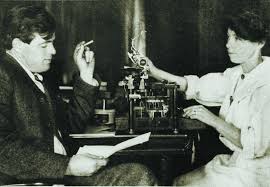
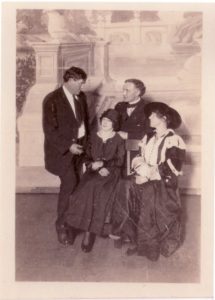
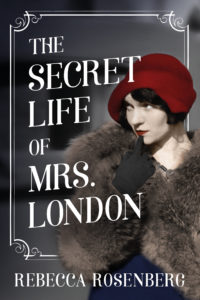
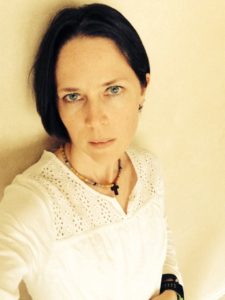 On a typical day, one could find Karen in the throngs of adolescent wonderment, trying to create harmonious music-making to these next-generation superstars. From the first squeaks of “Hot Cross Buns” to the lavish lyrical sounds of “Danny Boy,” there is much magic that occurs within the four walls of the band room.
On a typical day, one could find Karen in the throngs of adolescent wonderment, trying to create harmonious music-making to these next-generation superstars. From the first squeaks of “Hot Cross Buns” to the lavish lyrical sounds of “Danny Boy,” there is much magic that occurs within the four walls of the band room.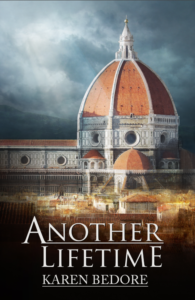 remember. The humanism movement—especially in Italy—has transformed the visual and musical art world, and I wouldn’t be where I am today without that ingenuity. I have family roots in Italy as well, and am in love with the language and culture. If I were a character, I would be Aria. Many people who have read the book have noticed that I pretty much inserted myself into the book.
remember. The humanism movement—especially in Italy—has transformed the visual and musical art world, and I wouldn’t be where I am today without that ingenuity. I have family roots in Italy as well, and am in love with the language and culture. If I were a character, I would be Aria. Many people who have read the book have noticed that I pretty much inserted myself into the book.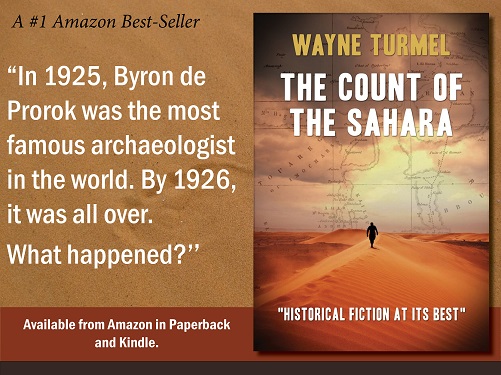
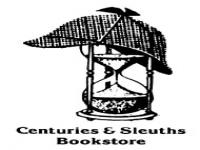 As part of
As part of 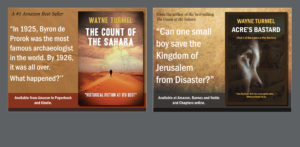
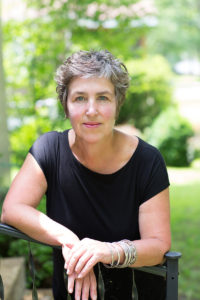 Jocelyn has a Ph.D. in Creative Writing from Florida State University and is currently the Director of Creative Writing in the BFA Program at Truman State University. She lives in Columbia, Missouri with her husband, the film scholar Prakash Younger, and their two daughters.
Jocelyn has a Ph.D. in Creative Writing from Florida State University and is currently the Director of Creative Writing in the BFA Program at Truman State University. She lives in Columbia, Missouri with her husband, the film scholar Prakash Younger, and their two daughters.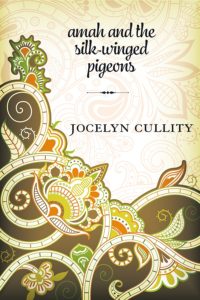
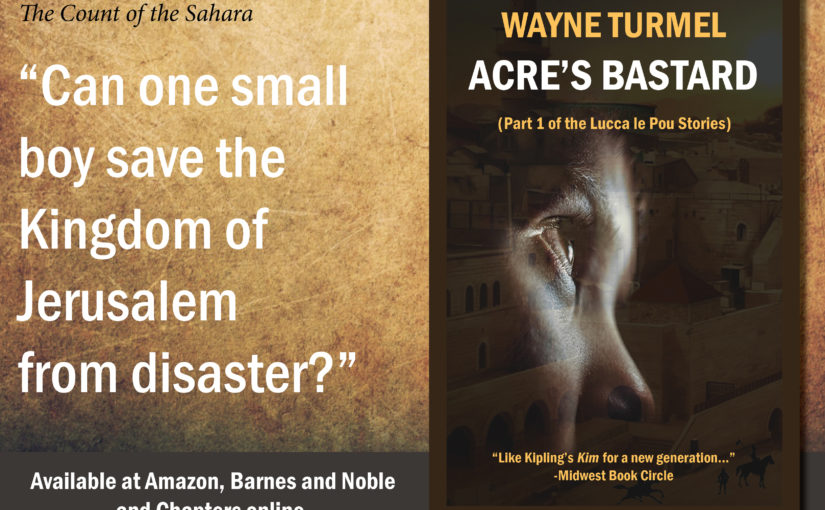
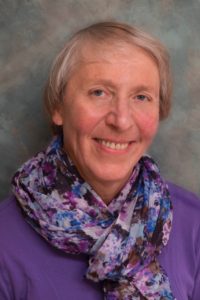
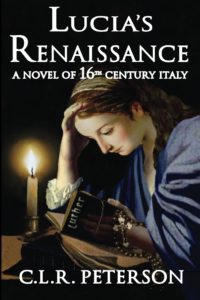
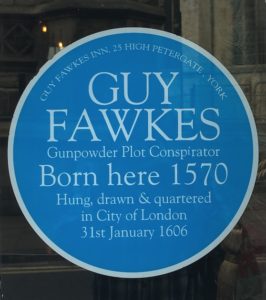 November night and as we came low over England, small towns were blasting fireworks, so there were little starbursts all over the ground. Those demonstrations, of course, were in memory of Guy Fawkes and the Gunpowder Plot. As this plaque shows, it failed and the consequences weren’t great for Guy. But the story lives on. One author has asked the question: what if the plot to blow up Parliament had succeeded? The answer is a pair of novels: “
November night and as we came low over England, small towns were blasting fireworks, so there were little starbursts all over the ground. Those demonstrations, of course, were in memory of Guy Fawkes and the Gunpowder Plot. As this plaque shows, it failed and the consequences weren’t great for Guy. But the story lives on. One author has asked the question: what if the plot to blow up Parliament had succeeded? The answer is a pair of novels: “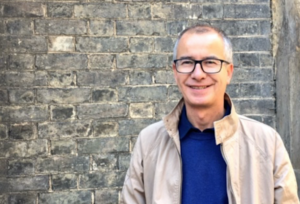 Tony Morgan lives in Yorkshire in the UK, close to the birthplace of Guy Fawkes. His books have been described as a perfect read for lovers of the works of C.J. Sansom and S. J. Parris and anyone interested in how historic events have shaped our own times. Profits from both his books in 2017 are being donated to York Teaching Hospital Charity’s dementia appeal.
Tony Morgan lives in Yorkshire in the UK, close to the birthplace of Guy Fawkes. His books have been described as a perfect read for lovers of the works of C.J. Sansom and S. J. Parris and anyone interested in how historic events have shaped our own times. Profits from both his books in 2017 are being donated to York Teaching Hospital Charity’s dementia appeal.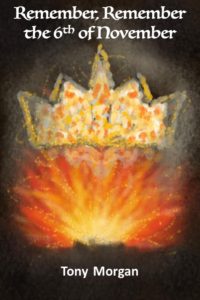 of Guy Fawkes and the Gunpowder Plot. It’s a pivotal moment in British history, celebrated annually on November 5th with bonfires and fireworks. Given few people know the details behind this, I’ve focused on the real-life events but couldn’t stop myself from including a few twists along the way.
of Guy Fawkes and the Gunpowder Plot. It’s a pivotal moment in British history, celebrated annually on November 5th with bonfires and fireworks. Given few people know the details behind this, I’ve focused on the real-life events but couldn’t stop myself from including a few twists along the way.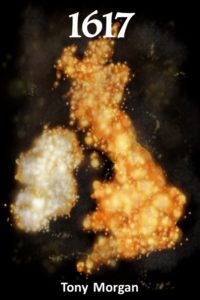 The first book is set in a world with fascinating, if alarming, parallels with modern times – terrorists on the streets of London, religious unrest, government surveillance and conflict with Europe. The history of the Gunpowder Plot is compelling, from the motivations of the Catholic conspirators, to the intrigue, betrayals, torture and so on.
The first book is set in a world with fascinating, if alarming, parallels with modern times – terrorists on the streets of London, religious unrest, government surveillance and conflict with Europe. The history of the Gunpowder Plot is compelling, from the motivations of the Catholic conspirators, to the intrigue, betrayals, torture and so on.